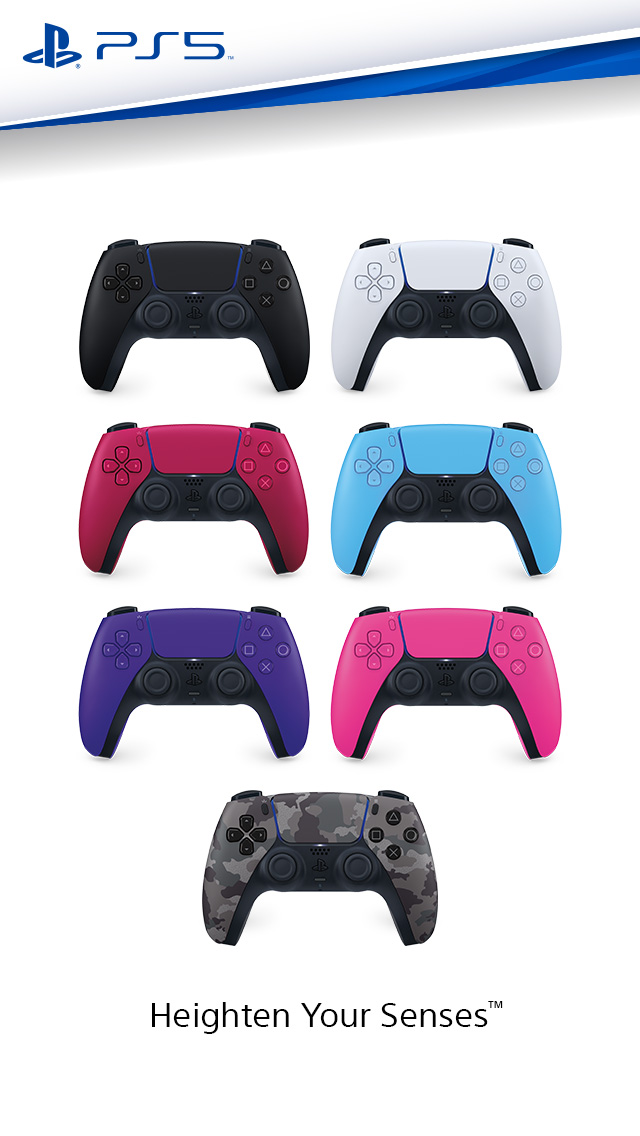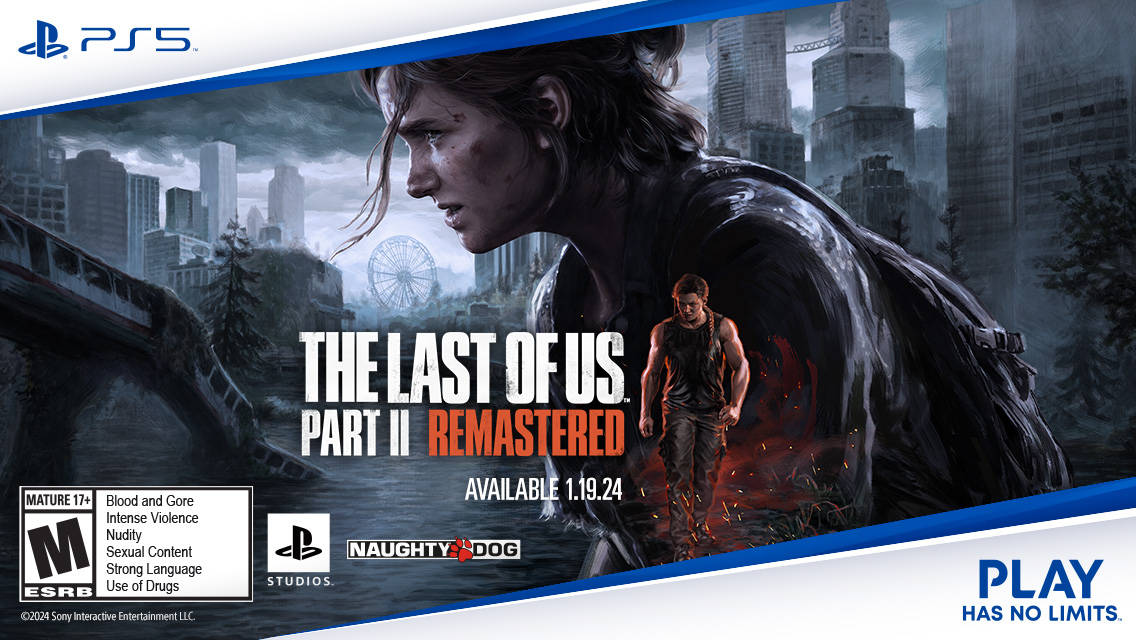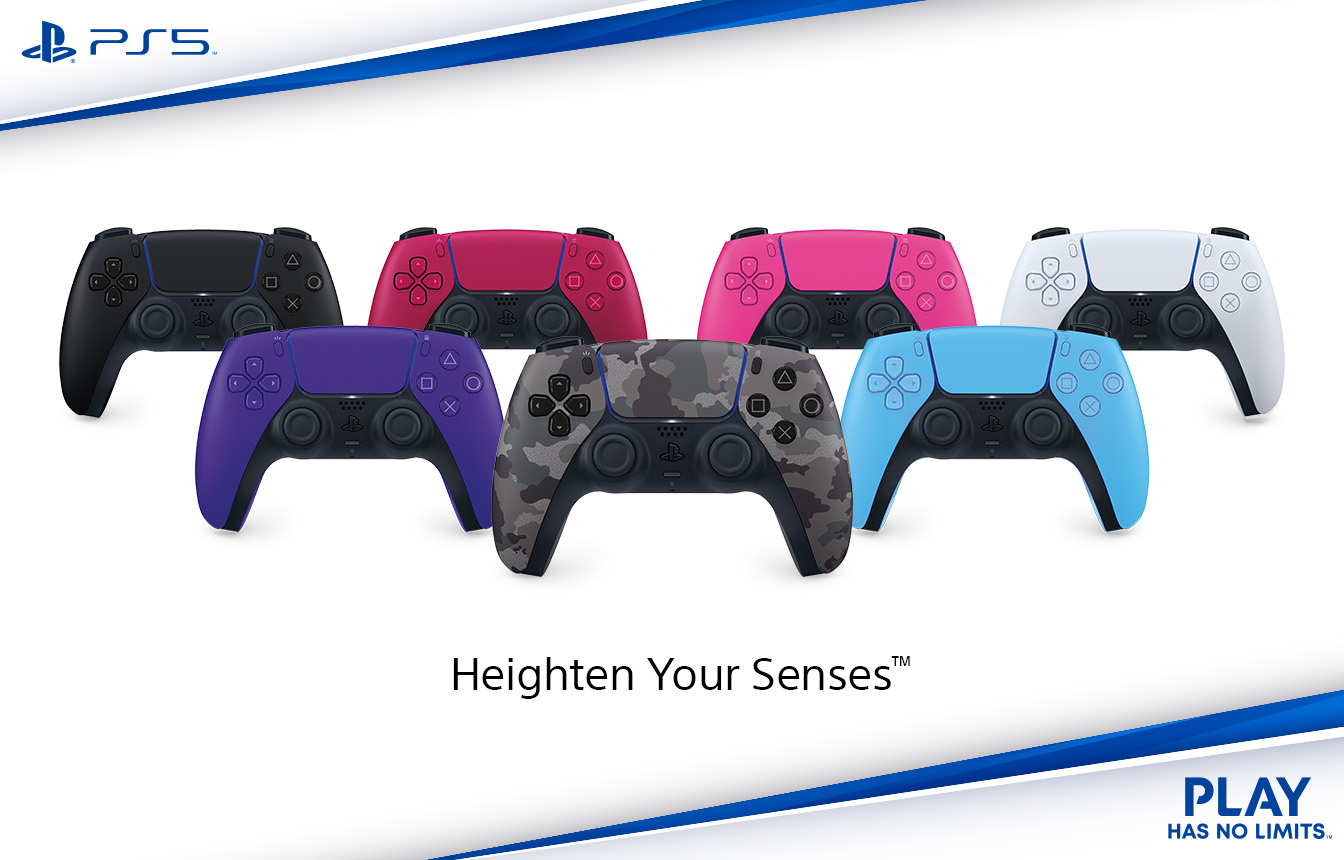When South Park: The Fractured But Whole was announced at E3 2015, it was easily one of the biggest surprises of the show. Rumors had long persisted that Matt Stone and Trey Parker had become disenchanted with the video game-making process after South Park: The Stick of Truth (the first game they had directly worked on) spent too long in development hell for guys who were used to cranking out a new TV episode every six days. It left many wondering if Stick of Truth would be the last time the two brilliant minds would ever directly be involved with a video game again. However, the temptation to give it another go—especially after Stick of Truth’s overwhelmingly positive response from fans and critics alike, must’ve been too great. And it is only now, after calming down from laughing my butt off, that I can tell you we are all the better for them deciding to give making games a second chance—because Fractured But Whole may actually surpass its predecessor in many ways.
The story takes place shortly after the events of the first game. Your character, The New Kid—aka Butthole, aka Douchebag—has been named king for his mighty acts of flatulence. But now Cartman wants to play superheroes, and says the fate of the town—and his get rich quick superhero movie franchise—is at stake with a rash of cat-nappings happening. So, in a twisted turn of fate, New Kid is back at the bottom of the pecking order, having to work his way into everyone’s good graces in order to play with them again. Begrudgingly, Cartman allows you to join his team “Coon and Friends,” and as you fight crime alongside them, you begin to uncover a plot far more sinister than missing cats—including finding out the true origins of the New Kid and the reason his family came to South Park.
Fractured But Whole plays out like one super-long episode from the TV series. The game starts off innocent enough, but it isn’t long before events start to escalate, sticking the boys in more improbable and ultimately insane situations. Fractured But Whole also takes its time, clocking in at around a 20-hour experience, easily double that of its predecessor. All the while, it pokes fun at anything and everything it feels like from long-standing social issues like police brutality and pedophilia in the Catholic church, to less serious matters like the game industry and game development—and of course, super-hero movies and franchises. As usual, nothing is off the table for South Park, and if you love the humor of the series, then you’ll have a great idea what you’re getting into (and will likely enjoy this even more than you might some episodes just because there is so much that’s tackled here).
While taking its shots at a variety of subjects, Fractured But Whole also serves as a tribute to the over 20 years of South Park television we’ve had. Whether its cameos by characters like Mr. Hanky or Towelie, to acknowledging more recent additions to the series’ canon (like collecting Member Berries for experience points), your knowledge as a fan might be tested with references to situations from all across the South Park timeline. And as well crafted as the main story may be, the real enjoyment from the game for me came in a lot of the side quests, which really up the comedy even more. For example, one of these missions sends you to rescue Mosquito from Raisin girls, while another has you try to mend the broken hearts of Craig and Tweek after a lover’s spat. With each subsequent mission (main or side), the only constant I found was that I couldn’t stop laughing at the hilarity that ensues from each situation the game throws at you.
From an aesthetic standpoint, Fractured But Whole delivers exactly what you would expect from a South Park game. Similar to Stick of Truth, the game looks like an actual episode of the show, with character and location designs ripped right from the series. Unlike Stick of Truth, though, there’s a lot more nooks and crannies to discover, with more locations within South Park having been fully developed. On top of that, the world from the last game has expanded in parallel with the series, so locations like the ruins of SoDoSoPa from Season 19 can be explored for the first time.
Audio-wise, Matt and Trey provide most of the voices (just like in the TV show), reprising the roles you’d expect them to. Musically, everything is also taken from the show, and whenever you walk into a store or shop, music from the show’s history can be heard like muzak in an elevator. Go to Tweek Bros. coffee and “Gay Fish” might be playing, or stop by the bank and “Jacking It in San Diego” could be piped over the speakers—it’s another way the game pays tribute to everything South Park.
It’s no surprise that a lot of Fractured But Whole really just follows the blueprint that was laid out by Stick of Truth while upping the ante by taking a few more risks with its writing and going bigger and better in a lot of scenarios (as you would expect from any sequel). Where Fractured But Whole really differentiates itself from its predecessor, though, is in the gameplay. While still an RPG, the basic turn-based system of the last game has been eschewed. Instead, it has been replaced with an amalgamation of an active-time battle system with an order of attack, and a grid-based tactical RPG system that reminded me of the early Mega Man Battle Network games or even a really truncated Fire Emblem. The New Kid and his team of three other South Park kids—the pool of which you’ll get to choose from will grow to almost a dozen by game’s end—will be forced to take on everything from Old People to Ninjas to Sixth Graders and more.
I found the grid system really increased the necessity to use strategy to overcome a lot of obstacles, but similar to the first game, I found most battles—at least on normal—to be relatively easy once you get used to the nuances of the system. For example, it was common early on for me to accidentally block the path of some of my fighters, since no two characters can end up occupying the same space. As you learn the abilities of each character and how best to utilize the New Kid’s super powers, these issues will naturally fade away, much like one of the New Kid’s farts in the wind.
As the game moves on and you become more accustomed to combat, not only will you have more characters to mix and match on your team, but the New Kid will learn additional powers as well. Some are based on what class you choose—such as being a Blaster like Cyclops from the X-Men or a Brutalist like the Thing from the Fantastic Four—while others revolve around the New Kid’s amazing arse. Finding the right mix of powers, and when to employ your special farting abilities, adds surprising depth to combat. You can also unlock a cornucopia of cheap knockoff hero and villain costumes to make your New Kid look exactly how you want him or her to, going along with the idea that you can truly make your own superhero to fight alongside the children of South Park with.
Farting isn’t just an offensive tool, however—it’s also critical to exploring South Park. I’m kind of chuckling to myself even as I write this as I realize how much Fractured But Whole really doubled down on your irritable bowels, but only by passing gas can you hope to fully unlock all of South Park’s secrets. One way this works is that New Kid can perform Fart-kour in the world with Human Kite to reach high rooftops, or fart in Scott Malkinson’s (Captain Diabetes) face to send him into a diabetic rage that will have him open up new paths by busting down certain walls and barriers in the world. It adds another layer of depth to the gameplay by promoting exploration probably even more so than combat.
Sadly, there are a few things that stink with Fractured But Whole’s gameplay. There’s a loose leveling system where your character doesn’t gain strength directly from leveling, but that higher levels allow you to equip more gear called Artifacts. Artifacts will boost various aspects of your character, including what sort of attacks do more damage, your general health and movement speed, or even extra health for your allies in battle. Once you reach a certain level, however, you won’t get any more Artifact slots, and the leveling system becomes sort of pointless for the last quarter of the game. The Artifact system is also somewhat arbitrary once you reach a certain level, with each new Artifact offering little to no difference to any other Artifact you might have in your possession.
Fractured But Whole also has a fair amount of glitches—mostly in combat, but also a few in the world. There were several instances where one character would be occupying multiple spots, like there were two Mrs. Cartman in Cartman’s kitchen, and I could talk to each one as if they were different NPCs. It wasn’t game-breaking, but it did hurt my immersion. In combat, there’s a worse glitch where a character’s turn may not end in a timely manner. It was never so bad that I had to restart a battle, but there were many different occasions—particularly in boss battles—where my character would perform their action, and then I’d be waiting for several minutes before I could take control of the next character. This seems like something that could be easily patched down the line, but was worrisome in the moment.
South Park: The Fractured But Whole is an absolutely hysterical game that combines truckloads of fan service with an RPG experience more realized than its predecessor. There may be a few technical hiccups along the way, but you’ll be hard-pressed to find a more complete experience that makes you laugh the way this one does. If you love South Park, this game is a must play.
|
★★★★☆
The new combat mechanics add tons of depth and strategy to the experience, and new exploration abilities really give Fractured But Whole an overall deeper RPG feel. The game is also absolutely hysterical; if you love the humor of South Park in general, then Fractured But Whole is a must have. |
Developer Ubisoft San Francisco Publisher Ubisoft ESRB M - Mature Release Date 10.17.17 |
| South Park: The Fractured But Whole is available on Xbox One, PlayStation 4 and PC. Primary version played was for Xbox One. Product was provided by Ubisoft for the benefit of this coverage. EGM reviews on a scale of one to five stars. | |

Ray has extensive roots in geek culture, as he’s written about videogames, comics, and movies for such outlets as Newsday.com, ESPNNewYork.com, Classic Game Room on YouTube, Collider.com, Comicvine.com, and of course EGM. His main goal in life? To become king of all geek media, of course!





